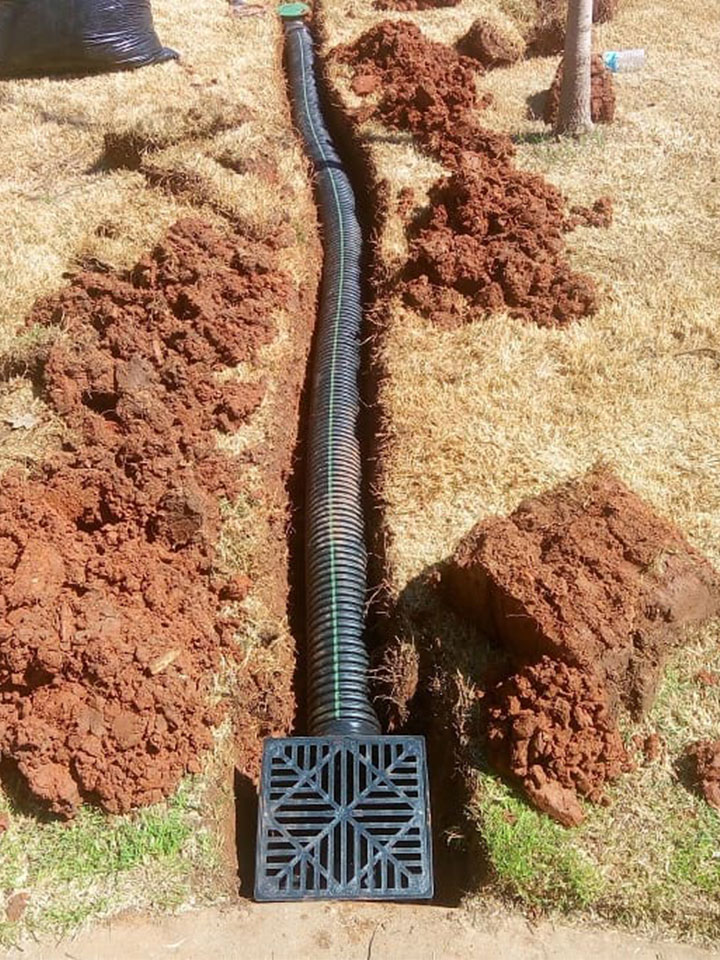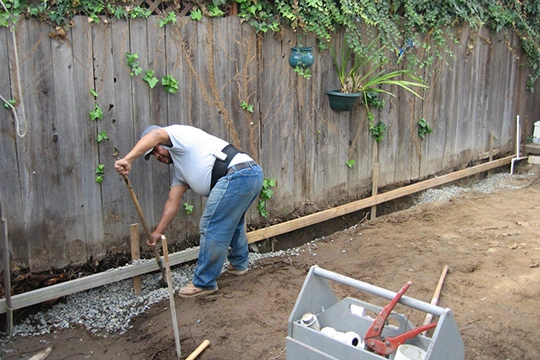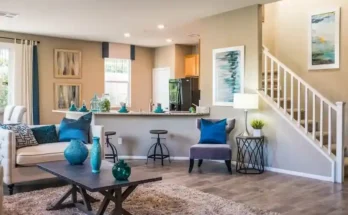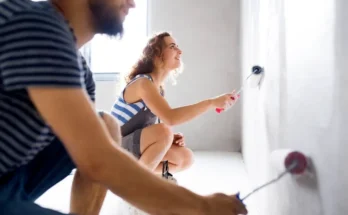French drains are a type of drain that is used to remove water from the ground. They do this by collecting the water in a pipe that is buried below the surface. This article will look at some common french drain mistakes that people make when installing, and how to avoid them.
When installing a french drain, it is important to remember not to cover it with soil or mulch. This can cause clogging and prevent the water from draining properly.
Mistake #1- Not Checking the Depth of Your Drain
A french drain is a drainage system that collects water from a surface area. This can be done by digging a trench and installing a perforated pipe or by using prefabricated materials to construct the drain.
A french drain’s depth should be set according to the soil type, slope of the land, and type of vegetation growing on the surface that will be draining into it. The soil’s texture will determine how quickly it will absorb water and how deep you need to dig your trench.
The depth of your drainage pipe should also be taken into consideration when designing your french drains because it will affect the flow rate of water through your system. A deeper pipe will allow more water to flow through with less pressure while a shallower pipe may cause excess pressure in areas where there are changes in elevation.
Mistake #2- Not Leveling the Ground Around Your French Drain
The ground around a french drain should be level.
The ground around a french drain should be level to ensure that the water will not leak out of the pipe. If the ground is not level, then water will be able to seep through and leak out of the pipe. The ground can either slope or be at an incline.
A french drain is a trench that has been dug in order to collect surface water and direct it away from your home’s foundation. The trench is filled with gravel, sand, stones, or other materials that are designed to allow for drainage. A french drain can also be called a storm water management system or subsurface drainage system.

Mistake #3- Not Installing Stormwater Drains Near the French Drain
The French Drain can be a great addition to your property. It is a drain that is installed near the house and it has the ability to remove water from the property. But, it is not always necessary to install these drains near the French Drain.
Some homeowners make the mistake of installing stormwater drainage pipes near the house and they do not know that this can cause problems with their french drain. This can lead to flooding inside of their home, which is something that they want to avoid at all costs.
The stormwater drains near french drains are typically installed when people live in an area where there is a lot of rain or water coming in from outside sources, such as lakes or rivers. The stormwater drainage pipes are usually installed next to houses so that this water does not go into their home which could lead to flooding and other problems.
Mistake #4- Lining a Shallow French Drain with Concrete or Cement
There are two ways to line a French drain. You can use either concrete or cement.
The first method is to line the entire trench with concrete or cement. This is the best method when you want a French drain that will last for years and can handle all types of water, including sewage, without seeping through the sides of the trench.
The second method is to only cover the bottom of the trench and then place a layer of gravel on top of it before laying down another layer of plastic sheeting. The second method may not be as durable as the first one but it’s still better than nothing at all.
Mistake #5- Improperly Placing Gravel in the Bottom of Your French Drain
Improperly placing gravel in the bottom of your French drain can lead to a number of problems. Gravel is not heavy enough to prevent water from seeping through, and it can also clog the drain pipe.
The French Drain is an excellent way to keep your basement dry and prevent damage from flooding. It does this by collecting surface water away from the foundation and directing it into a gravel-filled trench. The gravel then absorbs the water, which prevents any overflow that could lead to flooding or leaks inside your home.
Conclusion:
French drains are often used to prevent water from pooling in the basement. The water is diverted to the French drain, which carries it away.
In order to avoid mistakes, you should make sure that your French drain is installed correctly. This will guarantee you that it will work as intended and give you peace of mind.
There are a few mistakes that homeowners usually make when installing a French drain. It’s important that you avoid these mistakes so your French drain will work as intended and give you peace of mind.




